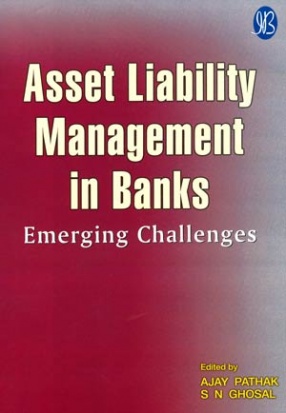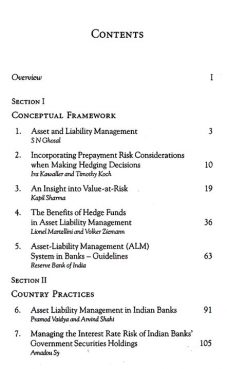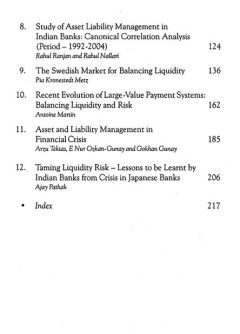The core business of banks is maturity transformation and balancing maturity periods of deposits and loans. In fact, liquidity risk is primarily to be taken care of in this process. ALM has become a key driver for profit for banks. ALM models so far developed and practiced are: a) GAP analysis; b) Duration Gap analysis; c) Scenario analysis; d) VaR model; and e) Stochastic programming. The efficacy of the system has also been tested by multivariate statistical technique and canonical correlation. The book has highlighted the existence of strong correlation between fixed assets and net worth in all groups of banks in India. It has also discussed the challenges faced by Indian banks in liquidity management. The experiences over the years have revealed that alternative risk management approaches are in vogue, as many banks hold long-term assets and short-term liabilities. In such cases, banks could choose between a) hedging their risks and accepting the fact that the hedge results will offer earnings for periods in which income will not occur or b) not hedging these risks and bearing the otherwise avoidable associated market exposures. The scope and objective of the book is to bring out the concept and methodology of ALM as practiced by Indian and overseas banks and to highlight various alternatives and practices adopted by foreign banks.
Pricing and Branding of Financial Products: The Road Ahead
In today’s economic scene ...
$29.70
$33.00









There are no reviews yet.